Aston Martin DB4: The first 'DB' of Newport Pagnell
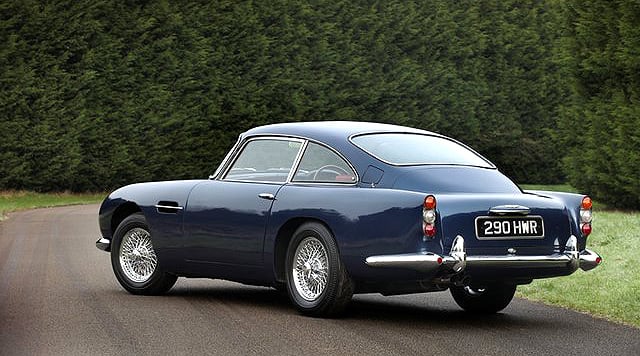
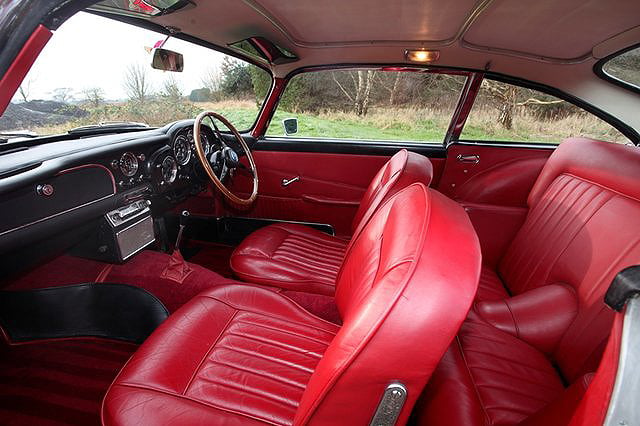
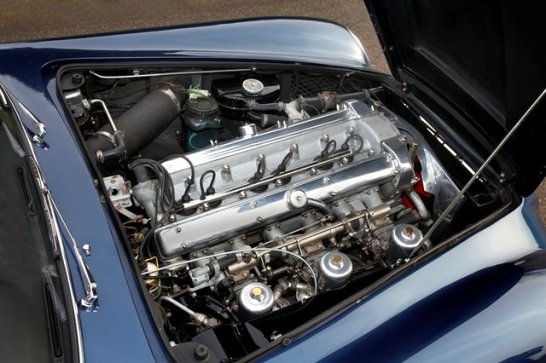
When the DB4 made its debut at the 1958 London Motor Show, it stunned the world – not only for its ‘quintessentially British’ looks (despite being styled by Italian coachbuilder Touring), but also for the revolutionary Superleggera lightweight construction process it employed under licence from its stylists.
Initially equipped with an aluminium 3.7-litre inline-six, the DB4 had everything required of a 1960s sports car. Later variants (including a convertible) saw the oft-bemoaned overheating problems cured, while most early cars will have been retrospectively modified to address the problem.
DB4s can be found in the Classic Driver Marketplace >>
Aston Martin DB5: The most famous car in the world
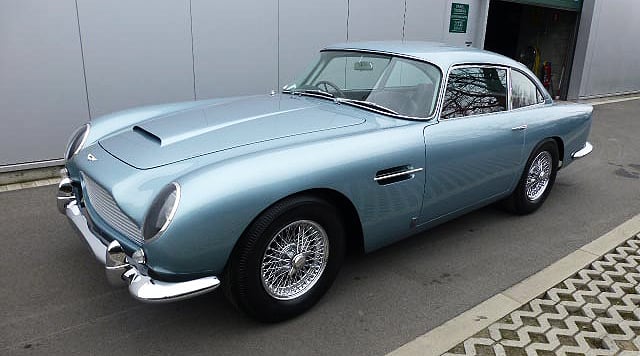
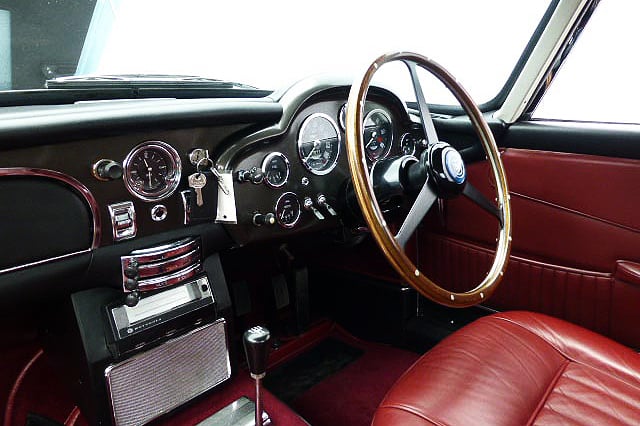
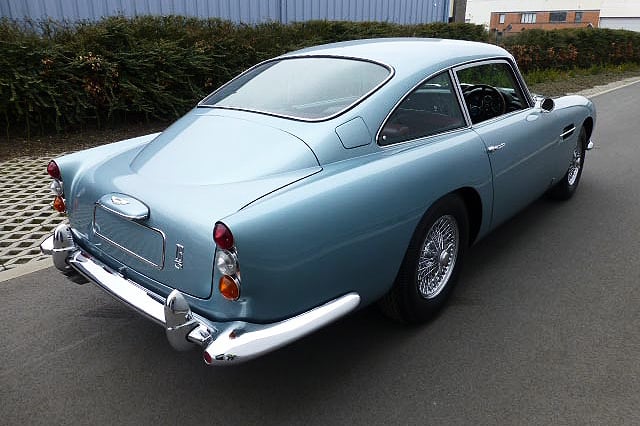
The DB4 had been continually evolving, but 1963 saw the official introduction of the replacement DB5 model. Looking almost identical, the notable changes were the adoption of a 4.0-litre version of the inline-six, coupled to a new five-speed gearbox.
Of course, the DB5 gained lasting worldwide fame courtesy of its inclusion in the Bond films. As a result, the car commands a price premium well above that of other Astons of the same generation.
DB5s can be found in the Classic Driver Marketplace >>
Aston Martin DB6: The quest for comfort
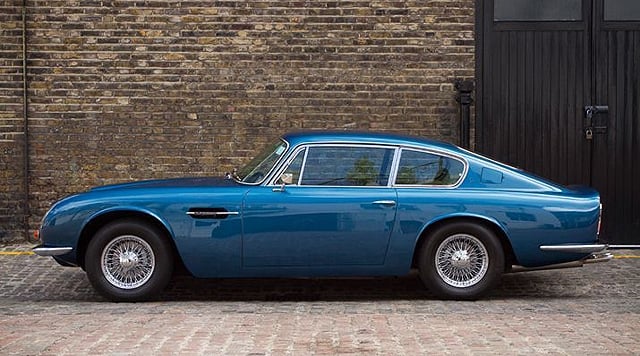
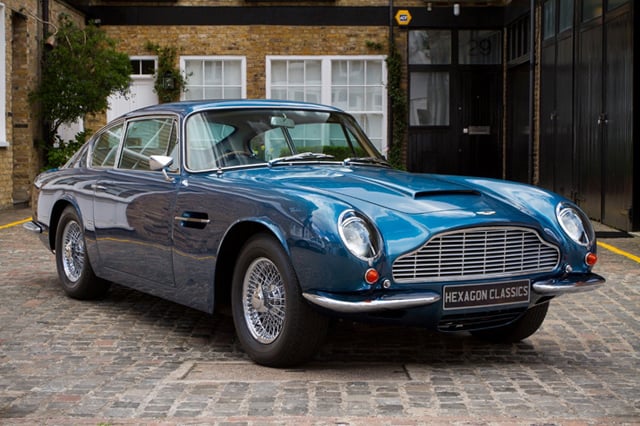
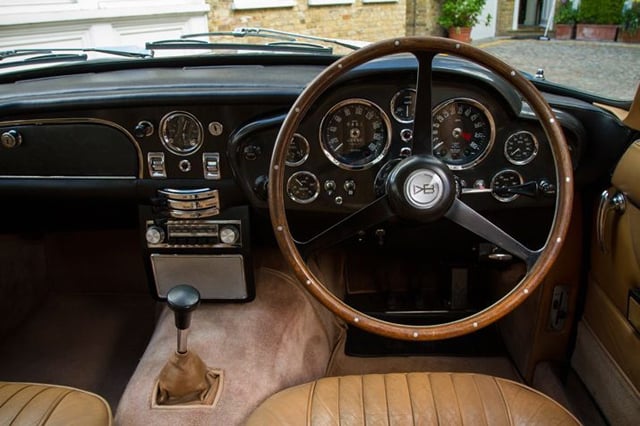
Again visually similar to its predecessor (bar the more aerodynamically efficient Kamm tail), the DB6 this time made advances in the direction of greater comfort – further enhancing its credibility as a GT.
A wheelbase extension and roofline lift turned the car into a genuine four-seater, while air-conditioning and power steering were offered as options for the first time. An automatic transmission could be specified at no extra cost.
DB6s can be found in the Classic Driver Marketplace >>
Aston Martin DB6 Shooting Brake: From Radford to FLM Panelcraft
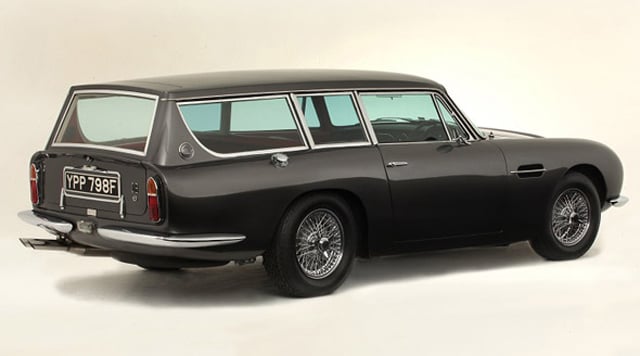
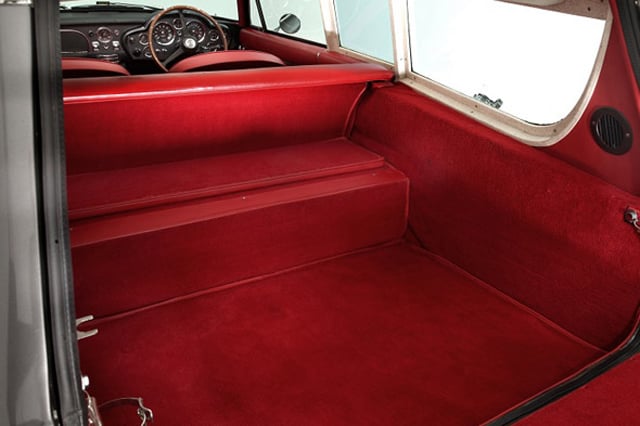
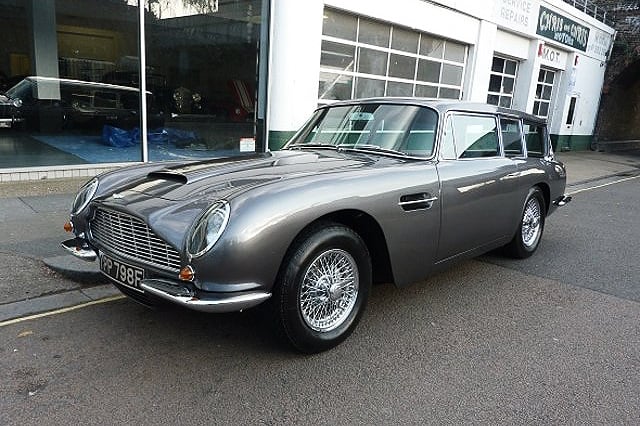
On several occasions, David Brown instructed his employees to build unique cars to his specific personal requirements. One of these was a DB5 estate; the resulting ‘Shooting Brake’ garnered so much attention that he struck a deal with Harold Radford to supply a limited run to meet customer demand.
When production of the donor model ceased, Radford began using the DB6 as a base. FLM Panelcraft also completed a pair (albeit without retaining the Kamm tail) – one of which was ordered new by Innes Ireland, and is now up for sale in the UK.
View this DB6 Shooting Brake in the Classic Driver Marketplace >>
Aston Martin DBS: End of the Touring era
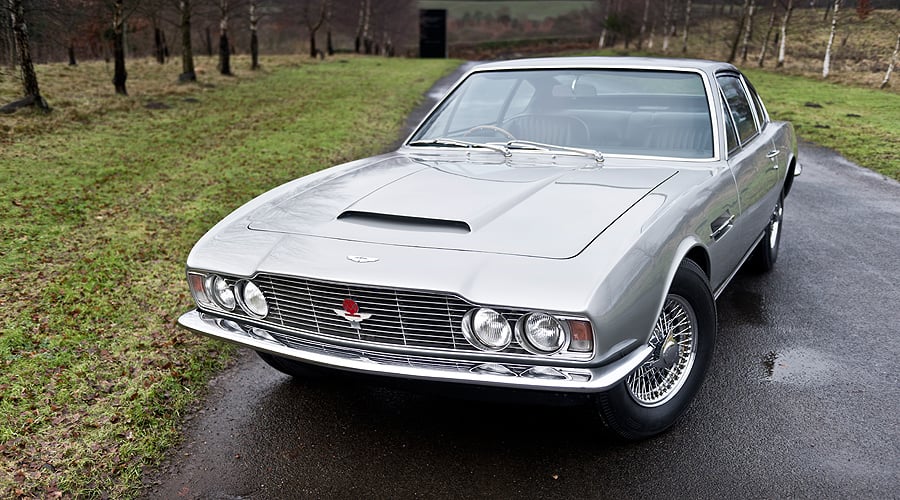
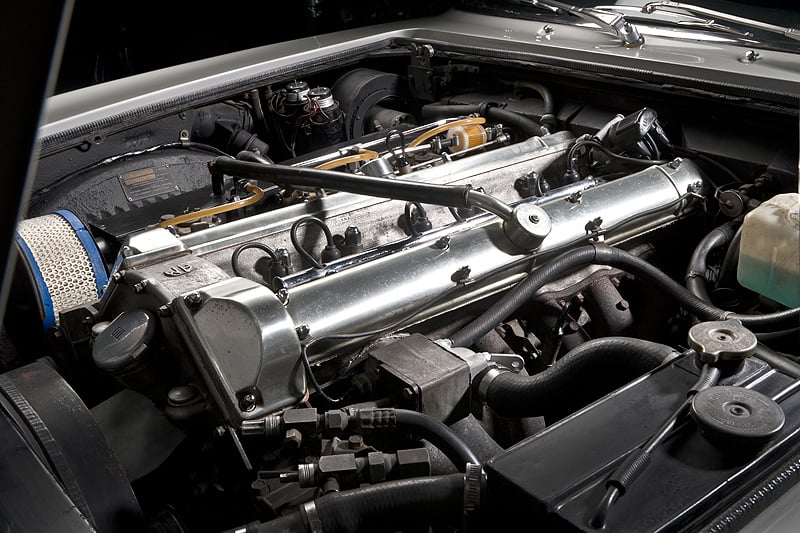
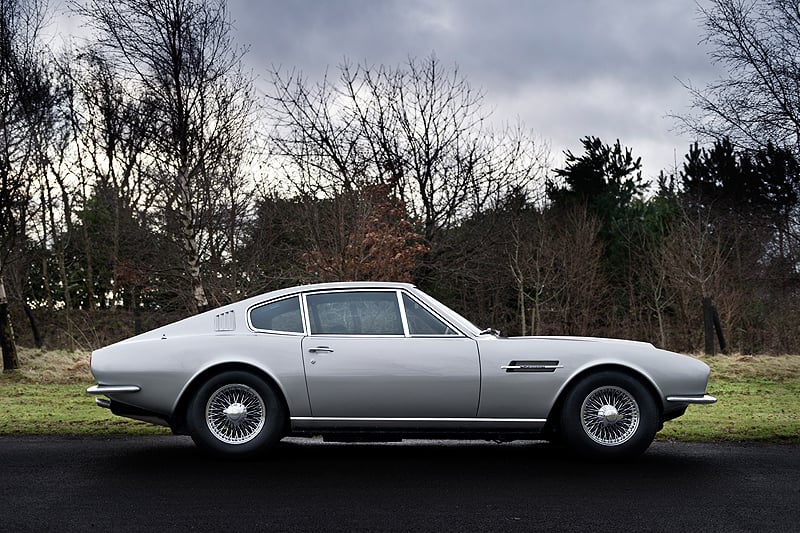
Touring was enlisted to design the DB6’s replacement, but the proposal was deemed unsatisfactory and the styling moved in-house. The Italian coachbuilder went into receivership soon afterwards. William Towns was charged with developing an alternative, using a squarer, perhaps American-inspired form for the DBS.
Meanwhile, development of Aston’s new V8 – previewed by the Lola Le Mans cars – was not ready as was hoped, so the DB6’s six-cylinder was retained until the arrival of the road-ready V8 in 1969.
DBSs can be found in the Classic Driver Marketplace >>
Photos: Classic Driver Dealers





















